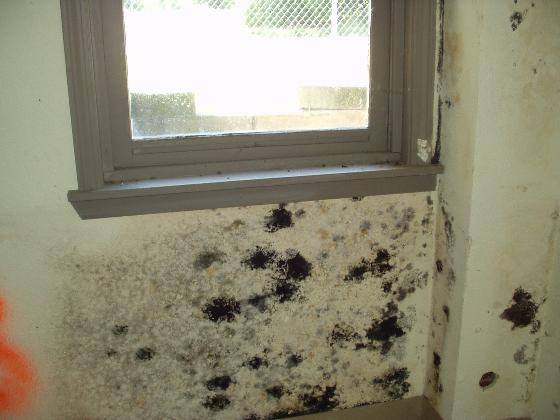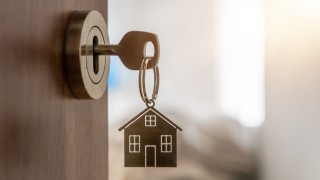Water damage refers to losses caused by water when it comes into contact with materials. Whenever there is moisture, there may be mold which has the potential to destroy walls, furniture, carpets, flooring and more. Along with being an unsightly problem, it is also a dangerous one. Spores can spread easily through the air, making a home or business a breeding ground for hazardous health conditions.
Causes:
There are certain items or common areas in the home that definitely pose a greater risk.
These include:
- Broken pipes or hoses
- Household accidents such as clogged toilets or overflowing bathtubs
- Leaky appliances such as dishwashers and washing machines
- Blocked or clogged drains
- Blocked gutters
- Slab leaks
- Roofing leaks
- Flash flooding in basements
Along with the common areas listed above, there are other factors causing growth in homes. Humidity may be another major cause and frequently occurs in basements and attics that aren’t properly ventilated. The laundry room is another area of concern in homes as piles of wet clothing and towels left on the ground, along with a buildup of dryer lint are hot spots for concern. The same thing can be said for bathrooms as they are often kept at a consistently warm temperature, along with naturally being damp and wet. It may also be found growing behind the walls due to plumbing leaks.
It is important to perform occasional safety checks of these appliances and high- risk areas of the home where water leakage is prone, to make sure there aren’t any signs of trouble lurking around the corner. If signs of growth are already present, calling a restoration expert for assistance may be necessary.
Dangers:
Fungi and bacteria may grow rapidly in water damaged homes and buildings. Although exposure affects everyone differently, long-term or high exposure really isn’t healthy for anyone and should be avoided whenever possible. Certain types produce something called mycotoxins, which are invisible spores that spread easily through the air, causing serious adverse health effects in humans and animals unfortunate enough to come into contact with these hazardous toxins.
Health effects caused by exposure:
- Breathing problems
- Coughing or wheezing
- Allergies or skin rashes
- Tiredness and fatigue
- Headaches and migraines
- Tremors and balance problems
- Stuffy nose
- Sore throat
- Burning of the eyes or skin
In addition to the many health effects listed above, several studies have shown that frequent and long-term exposure is associated with memory and concentration difficulties with adults, lower IQ scores in children, and an increase in asthma, which is a serious, chronic inflammatory disease of the airways, making it difficult to breathe.
Solutions:
If there is water damage present in a home or building, then it must be promptly removed. For severe, out of control situations, one may need to call a restoration specialist for assistance. If the problem isn’t very severe, then it might be able to be removed at home by simply scrubbing it away using common household cleaners such as soap and water, and a bleach solution of no more than one cup of bleach per one gallon of water. In addition to thoroughly cleaning the area, the moisture problem needs to be addressed and fixed, in order to prevent it from reappearing.
If bleach is going to be used, then it should never be mixed with other household cleaners. The windows should be opened during cleanup to provide fresh air, rubber boots, gloves and goggles should be worn as protection from the hazardous, toxic effects from exposure.
There are also some simple ways to prevent new growth from reappearing, such as:
- Keeping humidity levels low at 50% or less by using a humidifier or air conditioner
- Maintaining proper airflow throughout the home by using exhaust fans in the bathroom and kitchen
- Fixing any leaks in the home’s plumbing, roof and walls
- Prompt clean up after any source of flooding or overflow
- Adding mold inhibitors to paints before painting
- Frequently cleaning and sanitizing the bathroom using a proper bleach solution
- Removing wet carpets and upholstery immediately
Christopher is an author and blogger who is passionate about home improvement projects. Making time to help family and friends while working with Reset Restoration in Tulsa, Oklahoma.



